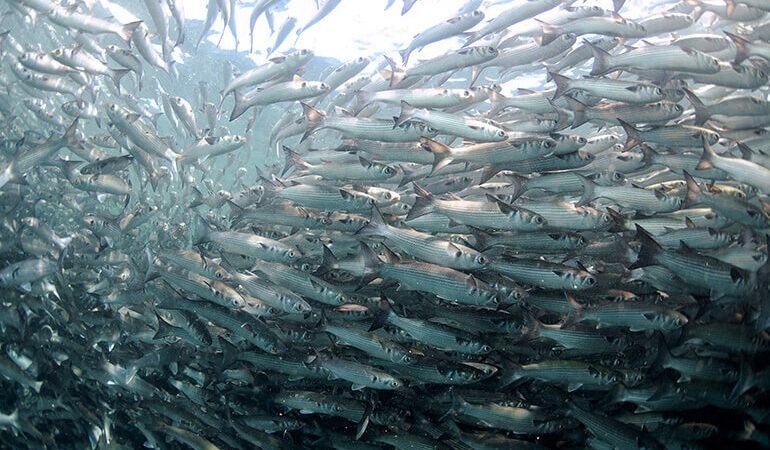Skimboarding can be broken down into two main disciplines: wave skimboarding and flatland skimboarding.
Flatland skimboarding is practiced in very shallow, non-coastal waters, and does not involve riding waves.
On the opposite side of the spectrum is wave skimming, the most popular discipline in skimboarding, and the one that establishes a connection between wet sand and ocean waves.
In most cases, wave skimboarders tend to prefer shore break beaches.
The reason is that the distance between the sandy slopes and the waves is shorter compared to traditional beach breaks, where waves break far away from the shoreline.
So, to catch a wave on a skimboard, you’ll need to figure out when to go for a wave, but also choose the right wave to go.
“In a nutshell, you want the motion of the shoreline surge to match up with the next wave coming in,” once said Austin Keen, multiple-time world champion.

The Wrap
Technically speaking, you’ll learn how to do a “wrap,” which is basically going straight toward the wave and then perform a 180-degree turn back to the beach.
Here’s how to do it:
1. Wait for the ocean to get flat and calm;
2. Let the first wave of the set roll in;
3. Eye your second wave;
4. Don’t wait too long – drop your board on the wet sand when the wave is forming up, with an open face, and never when the lip is already starting to crumble;
5. As you glide toward the wave, carry your speed through, drop your backhand down, bend your knees, and turn your board toward the sand;
6. As you complete the 180-degree turn, transfer your weight to the back of the board to avoid pearling and nosediving;
The more you practice your timing, the more waves you’ll catch.
As you get used to catching small rollers on a skimboard, you may want to progress into waves that are breaking further out the back, i.e., sliding for longer distances.
To do so, you’ll need to learn how to perform the monkey crawl.




Recent Comments